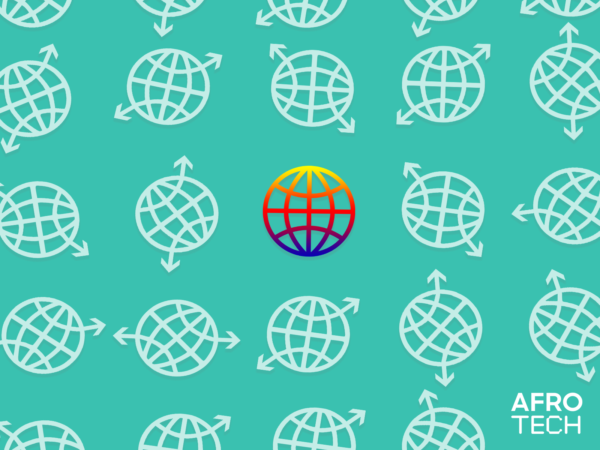In the early days of the internet, tech entrepreneurs and public thinkers opined that it would save democracy. Wider access to all kinds of information and the ability to connect and share ideas with anyone anywhere had the potential to revolutionize how we interacted with the wider world. And in many ways, it did do those things, but—as Facebook’s recent privacy scandal, the Russian meddling in the 2016 presidential election and the repeal of net neutrality rules has shown us—it’s just as capable of serving corporate or government interests, with disregard for the rights and interests of individuals.
Recently, there have been grassroots efforts to move the needle closer to the original ethos of the internet. Projects like Mastodon provide framework for what a social media platform not owned and operated by a corporate giant coud look like, and the rise of blockchain technology has shown how media and other industries can operate with more transparency when more power is given to consumers. However, none of these options get at the actual infrastructure that allows the internet to work, which is monopolized by internet service providers like Comcast, AT&T and Time Warner Cable.
Frustration with that problem is precisely what compelled Dhruv Mehrotra to fix it, by envisioning what alternative structures could look like when owned and operated by people in the communities that use it.
“It started with this feeling that the internet has been paved over by large information monopolies,” he said.
Mehrotra believes that the internet would be safer in the hands of its users. The ongoing project that he started as a result, is called the Othernet.
Mehrotra and his diverse team of engineers describe the Othernet using the term, “internet islands.” It would basically operate as a series of closed networks that only work in a certain geographic location, like a neighborhood. The first iteration of the Othernet is in the Bed-Stuy area of Brooklyn. His intention is to create a way for communities to interact and organize, particularly in communities like Bed-Stuy, which is a historically black neighborhood. Residents that have used the network have found use making pages to advertise their businesses, create job boards and share other information useful to people in their community. Above all, Mehrotra wants to build something that there is a need for, and that people will actually use.
“My thesis is that more thoughtful and important or locally relevant discourse will actually occur on this network,” he said.
Mehrotra, who describes himself as an activist and an engineer, is a fellow at Eyebeam, an organization that supports artists by providing them space, networking opportunities and resources to bring their ideas to fruition. Mehrotra himself was inspired after events like Occupy Wall Street and Hurricane Sandy, which hit the northeast in 2012. He saw other developers and engineers building tools for activists and relief workers, and wanted to do the same.
“Growing up people talked about the internet as this utopian, decentralized system that had the potential to overthrow and reshape everything from systems of capital to government,” said Mehrotra. “But all we really got was more capitalism, more consolidation and more profit at the expense of our privacy, civil liberties, and attention.”
Mehrotra does still think the internet can do all the good things people hoped for in the beginning, but its application should have users in mind. He’s currently working in Kenya, building a network in Olekasasi, trying to help a community get connected there.
“We have friends here who want to try to build an Othernet for their community,” he said. “This is new infrastructure for a new web and a new constellation of content meant for a different distance; neighborhoods, blocks, communities.”
The original spirit of the internet was to connect us to everything, everywhere, but in Mehrotra’s vision, what it’s lacking is connection to the people closest to us — our neighbors and the people in our communities.

